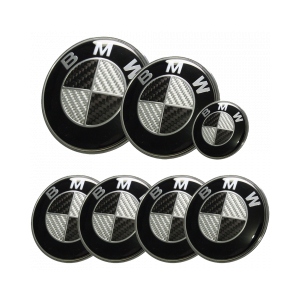Understanding the Importance of Rear Differential Axle Seal in Vehicle Maintenance and Performance
Understanding Rear Differential Axle Seals Importance and Maintenance
The rear differential axle seal is a crucial component of a vehicle’s drivetrain system, acting as a sealant that prevents lubricants from leaking out of the differential housing. It plays an essential role in maintaining optimal performance and longevity of the rear differential. Understanding the function, signs of wear, and maintenance of axle seals can help vehicle owners ensure their cars remain in good mechanical condition.
The Role of the Rear Differential Axle Seal
The rear differential is responsible for distributing power to the rear wheels, allowing for smooth and controlled motion while driving. Inside the differential housing, gear oil or lubricant is stored to facilitate the movement of the gears and ensure they operate smoothly. The rear differential axle seal prevents this lubricant from leaking out. By keeping contaminants such as dirt and water out of the differential, the seal helps maintain the cleanliness and functionality of the gear oil, which is vital for the health of the differential.
Signs of a Failing Rear Differential Axle Seal
A failing axle seal can lead to several issues, including potential damage to the differential itself. Common indicators of a damaged or worn axle seal include
1. Fluid Leaks One of the most apparent signs is the presence of differential fluid leaking from the axle seal area. This can typically be spotted on the ground beneath the vehicle.
2. Whining Noises Unusual noises, such as whining or howling, can indicate that the lubricant levels are low due to a leak. Without adequate lubrication, the components within the differential can begin to grind against each other, causing further damage.
rear differential axle seal

3. Vibration Increased vibration while driving, especially when making turns, may suggest that the rear axle is not functioning correctly. This could be a result of insufficient lubrication due to a compromised axle seal.
4. Fluid Contamination If contaminants like dirt or moisture enter the differential because of a failed axle seal, you may notice a change in the color or consistency of the gear oil. This can lead to more significant issues, requiring costly repairs.
Maintenance and Replacement
To ensure that the rear differential axle seal is functioning correctly, regular maintenance is crucial. Vehicle owners should periodically check for leaks and inspect the condition of the axle seals during routine maintenance and service intervals.
If a leak is detected, it’s essential to address it promptly, as neglecting a faulty axle seal can lead to severe damage to the rear differential, resulting in more extensive repairs and increased costs. Replacing an axle seal is generally not an expensive repair, but it can become costly if it leads to differential failure.
Conclusion
In summary, the rear differential axle seal is a small yet vital component that contributes significantly to the smooth operation of a vehicle. By keeping the differential lubricated and protected from harmful contaminants, it ensures longevity and reliability. Regular inspections and timely replacements are key to avoiding more significant issues. Vehicle owners should remain vigilant for signs of wear and take prompt action to maintain their vehicles in optimal condition.
-
The Ultimate Guide to Boat Propeller Bearings and Trailer Wheel Bearings
News Jul.31,2025
-
The Essential Guide to Marine Bearings and Boat Trailer Wheel Bearings
News Jul.31,2025
-
The Complete Guide to Heavy Duty Seals: Protecting Doors and Spaces Efficiently
News Jul.31,2025
-
Essential Guide to Marine Shaft Bearings and Boat Trailer Axle Bearings
News Jul.31,2025
-
Comprehensive Guide to Marine and Trailer Bearings for Safe Boating and Transport
News Jul.31,2025
-
Comprehensive Guide to Automotive Oil Seals: Protecting Your Engine and Shafts
News Jul.31,2025
-
Understanding Automotive Oil Seals: Essential Components for Engine and Shaft Protection
News Jul.30,2025
Products categories















